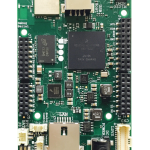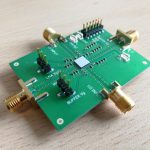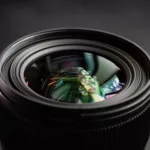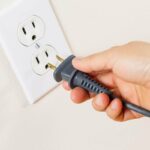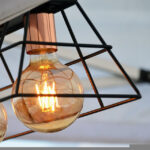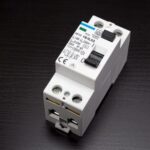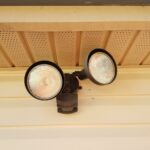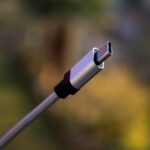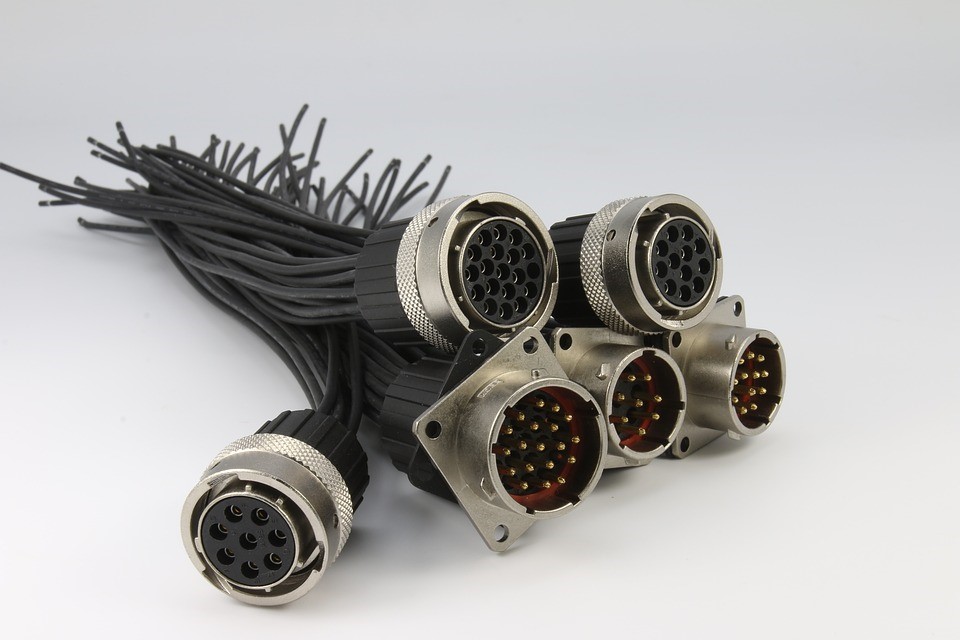
Connectors
There are numerous types of connectors that can be used for a wide range of applications. Some can be used where a single connection is required while others can be used where a huge number of connections are required. Connectors also come in various sizes and are used for various application hence there are many different types of connectors available.
Connector specifications
There are numerous terminologies and specifications associated with connectors. They include;
-
Plugs and sockets
There are two different formats for connectors, the male, and the female. The male better is known as the plug while the female is the mating half and is also known as the socket. The plug has pins which are often exposed hence cannot be used to supply power since the exposed pins would be live when it’s not being used posing a risk of a short circuit. Therefore, the female connector is used to supply power since they are more protected and pose no risk when not mated.
-
Number of pins
When choosing a connector, it is important to consider the number of pins that will be required you’re your application. The number of pins will determine the actual connector part and the series of the connector to be used. It’s advisable that when picking a connector, pick one with a couple of spare pins for the unforeseen future requirements.
Number of insertions
Just like everything else, connectors eventually wear out with time. Constant mating i.e. connection and disconnection make connectors wear out. Based on this, the life of a connector is specified according to the number of mating cycles. Connectors intended to be disconnected rarely for a service and repair often have a small number of mating cycles, while those that used very often require a large number of mating cycles.
-
Mechanical considerations
These include the physical size and shape and they form an important factor when picking a connector. A connector’s mechanical setup also determines its response to environmental factors. It determines the operating temperature range and the moisture it can withstand. The application that the cable is intended for determines the mechanical properties that the cable should bear.
-
RF and screened connectors
In cases where the cable forms part of an RF feeder, the connection will need to be coaxial in nature such that two conductors are manufactured such that one surrounds the other. RF connectors have more requirements owing to the fact that the impedance required ought to be maintained throughout the connector life.
- Voltage rating
Connectors have maximum operating voltage levels beyond which it is not safe to use the connector. Almost all connectors can handle low voltages. When these voltages rise they could become hazardous causing insulation to fail. Therefore, it is always worth ensuring that the connector’s maximum voltage is not exceeded.
- Current rating
This is a very important factor of any connector. Some connectors have been designed to carry small currents while others have been designed large currents. Whenever possible, go for cables that can carry large currents since they can carry low currents with ease. If the application demands the use of low current connectors, ensure that you use a good quality connector. Low-quality connectors may form oxide layers that will reduce the current flowing through hence hampering the cable’s performance.
Popular connectors
-
D-Type
The connector’s outer shell is D shaped thus its name. This connector is quite robust and comes in various standard sizes depending on the number of pins, (9way, 14 way and 25 way among others).
-
Phono
They are used for a couple numerous domestic audio connections. They come in three common sizes 6.35mm, 3.5mm, and 2.5mm. Phono connectors can also be used to connect hi-fi separates as it provides a coaxial form of connection.
-
Jack
It was originally used for manual telephone exchanges but has since been adopted widely as a headphone connector. They come in various sizes, ¼ inch, 3.5 mm and 2.5mm.
-
DIN 41612
It is comprised of a long rectangular plastic shell that has multiple connections in rows. This connector is typically used for PCBs.
-
XLR
It is composed of an outer shell that is mostly circular and pins that vary in number. The XLR connector is often used in many professional audio applications.
With this knowledge at your disposal, you can now make an informed decision on the kind of connector you need for your application. These connectors are readily available on many online platforms and can easily be acquired. The prices may vary but they are largely very affordable. Get yours today.







